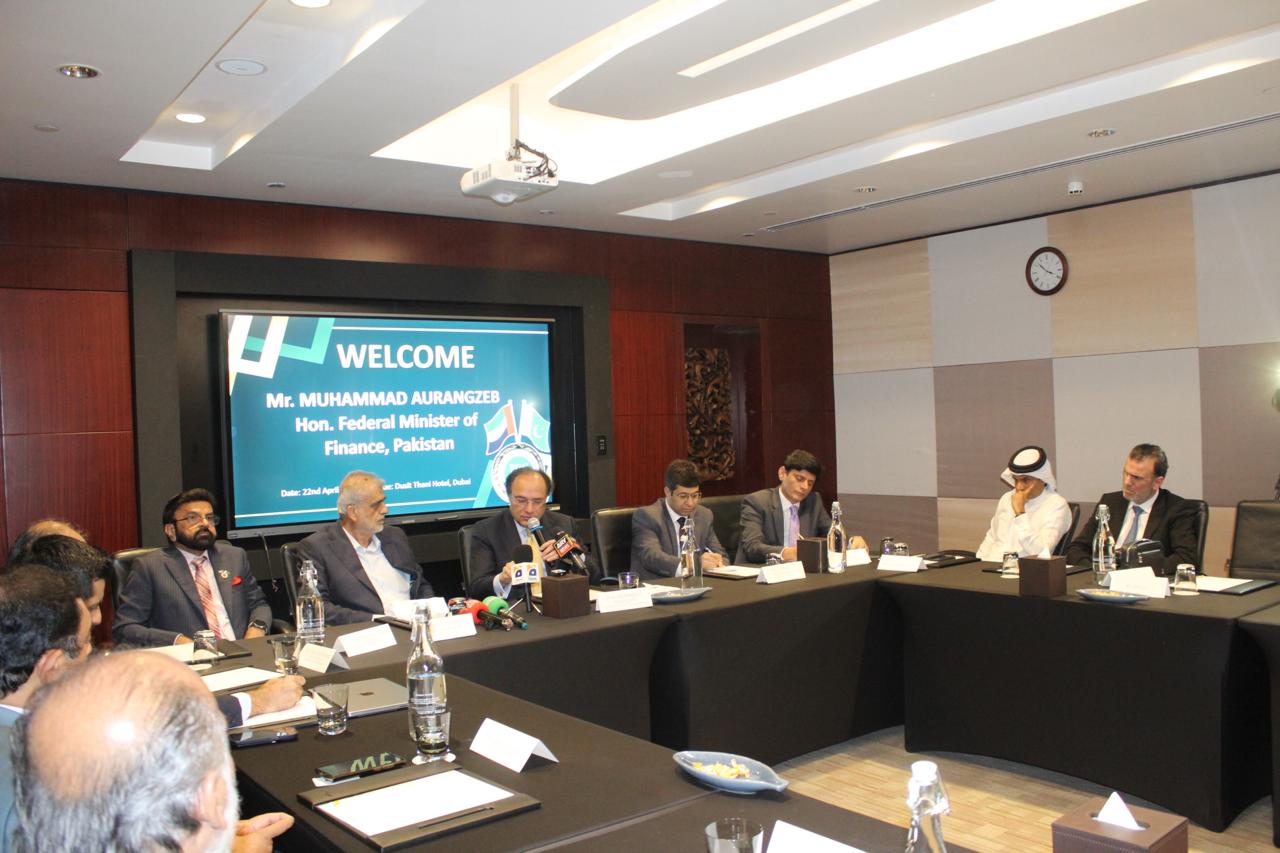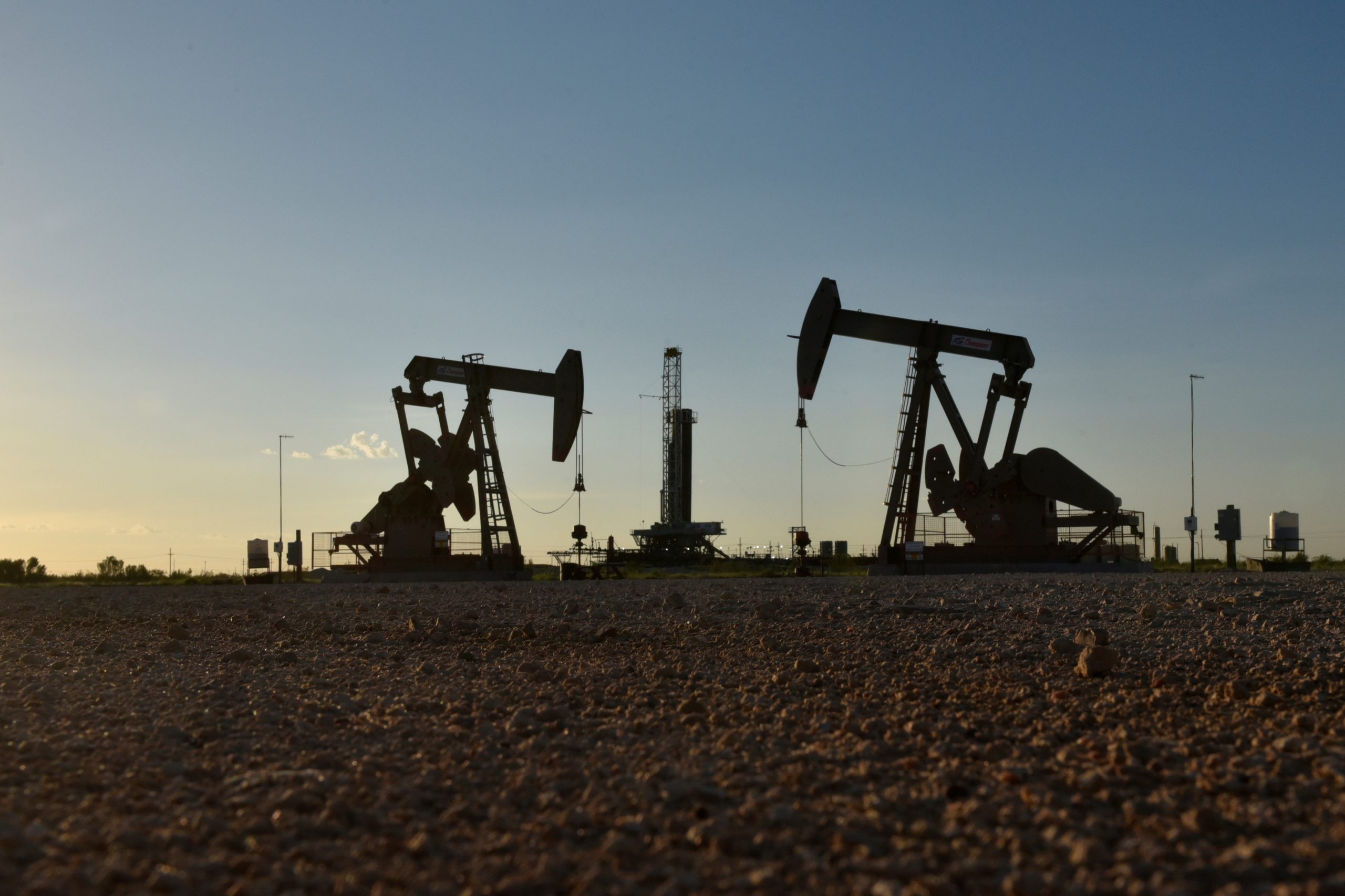June 25, 2019 (MLN): The Petroleum Division has recommended an increment in gas prices by up to 200%, in order to negate the impact of Rupee devaluation against US Dollar and prevent further piling up in circular debt. Furthermore, various analysts have alleged that the purpose behind this decision is to meet another pre-condition of IMF.
The proposal which is currently awaiting approval by the Economic Coordination Committee, comprises of 25-200% hike in prices for domestic consumers and 31% for commercial consumers. An in-depth analysis suggests that 25% increase will be made over usage of 50 units, 50% against 100 units, 75% against 200 units and 100% against 300 units.
Moreover, various sources believe that 150% increase will be made over usage of 400 units while 200% will be made for using over 400 units.
Without a single ounce of doubt, the burden of the proposed hike in gas prices is going to fall on major sectors, especially Fertilizer and Chemical as their dependency on gas is relatively higher. Similarly, the impact on sectors such as Cement, Steel and Textiles will be contingent on their level of gas consumption.
FERTILIZER: A research note by Alfalah Securities suggests that an increase in gas prices would result in an instinctual reaction of increase in urea prices. Bearing in mind its strong pricing power, the fertilizer sector will pass on the impact on the consumers on the back of lower inventory levels and higher urea landed prices. However, the impact can be minimalized if government decides on enhancing inventory levels by importing additional urea.
TEXTILE: This sector is currently shielded from any imminent hike in gas prices, as government has fixed gas rates for Sindh and Punjab based textiles. This means that any curtailment in subsidizes given to zero rated sectors will result in reduction in earnings of textile industry.
CEMENT: The overall impact is expected to be neutral, as not all companies within this sector rely on gas consumption. Having said that, LUCK and DGKC are likely to suffer the maximum brunt as they a have higher reliance on usage of gas, whereas the impact on MLCF, FCCL and PIOC would be insignificant due to minimal consumption of gas by these companies.
ENERGY: This sector will clearly hit the jackpot following an increase in gas prices, with both the Sui companies making maximum gains in terms of higher cash-flows and lower finance costs.
Copyright Mettis Link News
28553







